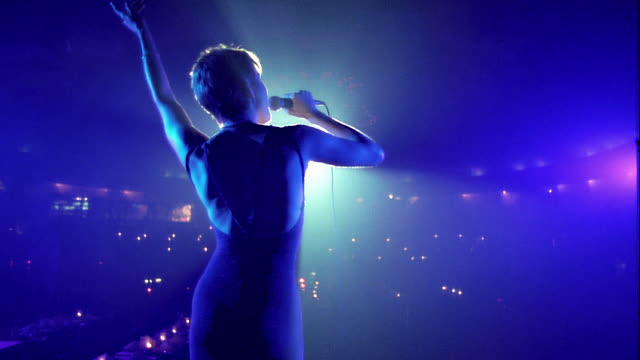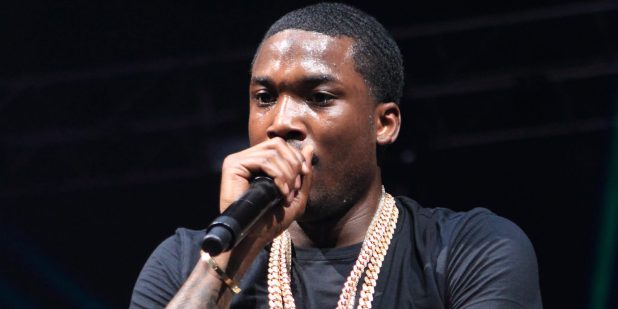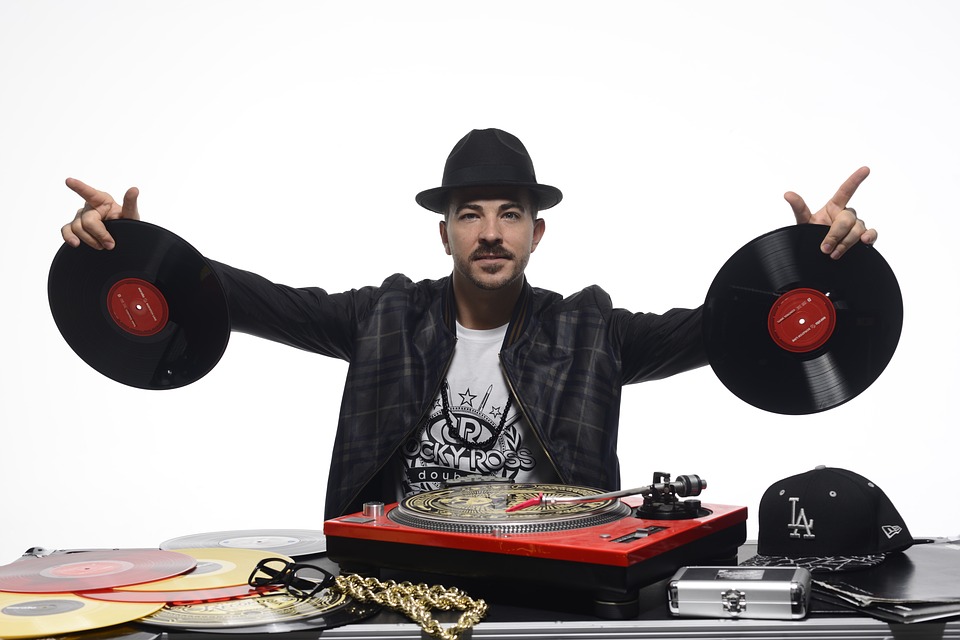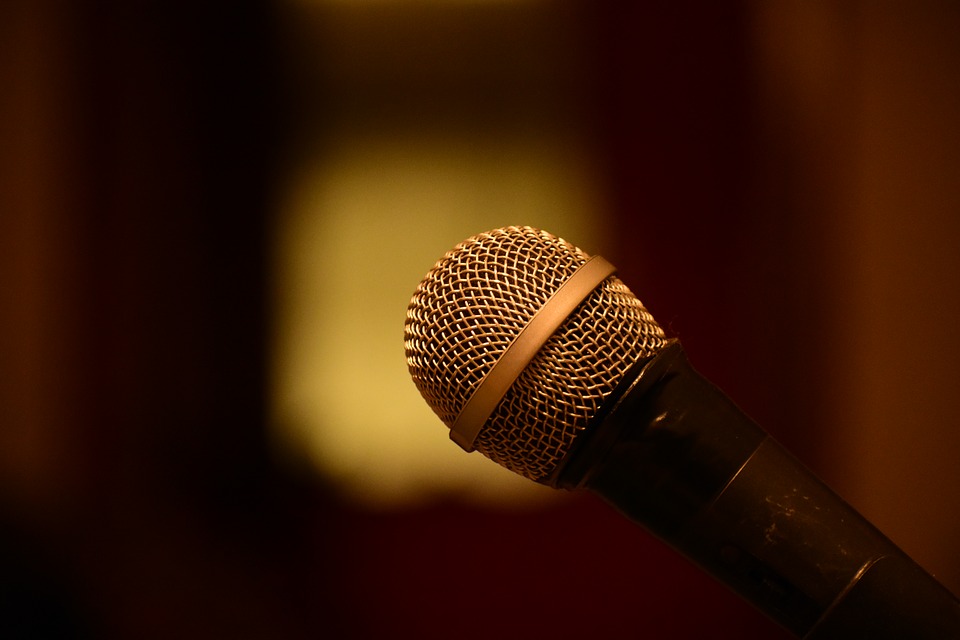
The concept of studio recordings that lack the lead vocal has been around for nearly as long as the recording itself. Many artists both amateur and professional, perform in situations whether a full band is either logically impractical, so they use a “karaoke” recording. This incredible popular entertainment has been around for quite some time but nobody actually knows when it all started or where. There are various disputes about who invented it or where it started. Well, someone had to invent karaoke right? It’s hard to believe karaoke is not a naturally occurring phenomenon and it didn’t even exist up until 1970. There was once a time when karaoke didn’t exist. Sounds weird right?
When it all started?
Some opinions say it was already known far before, between 1950 and 1960, and that it all started with an American TV-show, “Sing Along with Mitch” featuring host Mitch Miller and a chorus, which superimposed the lyrics to their songs near the bottom the TV screen for home audience participation. Sing-alongs fundamentally changed with the introduction of new technology. In the late 1960s and into the 1970s, stored audible materials began to dominate the music recording industry and revolutionized the portability and ease of use of band and instrumental music by musicians and entertainers as the demand for entertainers increased globally.
And then, like a big bang of joyous, off-key mewling, the revolution spread out into the universe, expanding and cooling into the formations that you see today. Apparently, it was after that period that the Japanese made the karaoke entertainment and for the first 20 years it only was there in Japan, later it came all over the world. The need to customize music recordings and the desire for a handy format that would allow fast and convenient duplication of music have given rise to the era of music cassette tapes that shaped the entertainment industry further.
The Meaning
You probably know that karaoke is a blend of two Japanese words: “kara” comes from “karappo” meaning empty, and “oke” is the abbreviation of “okesutura”, which means orchestra. So karaoke means “empty orchestra.” Karaoke is basically a form of entertainment where an amateur singer sings along with recorded instrumental music using a microphone and public address system. The music is typically an instrumental version of a well-known popular song. Lyrics are usually displayed on a video screen along with a moving symbol, changing color, or music video images. Interestingly, the social conventions that evolved around the activity have changed over the years.
The Beginning of Karaoke
It is said to have originated at a snack bar in Japan where a scheduled guitarist was unable to perform due to illness or some other reasons. The bar owner prepared tapes of accompaniment recordings and vocalists enjoyed singing to the tapes. Even though it is only legend, this might have been the beginning of karaoke, and since then, karaoke has been commercialized and has become immensely popular all over Japan. Some say that it started in the 1970s with a Japanese singer called Daisuke Inoue, who recorded songs and sold it to people to sing along too.
It is widely recognized that the first karaoke machine, which has fuelled the karaoke culture into what it is today, was invented by Inoue, who was born in a small Japanese town in 1940. He was a drummer, by trade and sensibility, which means he ended up returning home with nothing to live with his parents at the age of 28. He started playing the keyboard in a bar and that’s where the story of karaoke was believed to have begun. Inoue brought karaoke into the popular scene by leasing machines to local bars, which would allow any patron to try their hands at singing a song.
The machines started to show up in hotels and bars. During the early days, karaoke was presented to people as a diversion that enhanced the experience of drinking and socializing. Karaoke was not the main attraction initially; it was more of a gimmick that allowed people to have fun while having more drinks. Due to the fact that Inoue never patented his karaoke machine, many Japanese electronics companies took advantage of the karaoke trend and started furnishing their own devices for commercial and personal usages. He did not take out the patent on the machine, mostly because he could not imagine the global phenomenon it would become.
Evolution of Karaoke
By the 1980s, karaoke had caught on as a major trend across Asia. The success of karaoke in Asia during the time was helped by the fact that songs did not have to be translated into another Asian language before they could be used for singing. It was then when the karaoke box business started blooming. The karaoke box fundamentally changed how people understood karaoke. The technology of the karaoke machine itself improved a lot too, as companies started to replace the cassette tape with the compact disk. With the popularity of MTC, a special type of compact disk (the video compact disk) was created to allow music videos to be played along with the karaoke.
In the 90’s, tsuushin karaoke (“communication karaoke”) machines were created. These were the first machines that provided songs and videos from a remote, commercial content vendor. By that time, the karaoke machine managed to make it to the United States. While karaoke was not extremely popular in the United States at first, it slowly caught on as more people started to invest in home theater systems. Additionally, the 90’s brought in the first machines that would download a karaoke song that someone wanted to sing. These machines would connect to the internet and download the desired song using a dial-up connection.
Karaoke soon spread to the rest of Asia and other countries all over the world. As more music became available for karaoke machines, more people within the industry saw karaoke as a profitable form of lounge and nightclub entertainment. It became common in some bars to have karaoke performance seven nights a week, commonly with high-end equipment superior to the small, stand-alone consumer versions.
Another big change in the cultural history of karaoke involves the singers. In the early days, karaoke machines were placed in a common area at bars and hotels. In this context, singers performed in front of an audience that included strangers. Later, when karaoke boxes became mainstream, singers started singing in front of a smaller audience that featured only friends and acquaintances. The latest evolution in karaoke involves wankara (“solo karaoke”). It is a tiny karaoke box that only serves a single person. Wankara removes the audience altogether and allows singers to sing by themselves.
Now, in the 21st century, karaoke has become a mainstream part of culture. Karaoke bars have now become common venue to sing at and feature an impressive array of technology that makes the first karaoke machines laughable at best. Since then, much software has been released for hosting karaoke shows and playing karaoke songs on a personal computer. Karaoke libraries are no longer limited to a set number of songs with the addition of the DVD and the evolution of the internet. Additionally, new equipment and software can modify the karaoke song to fit the vocal range of the singer. Considering the advances of karaoke since it came to the picture in the early 1970s, it can only be assumed that the technology will continue to evolve in years to come.







